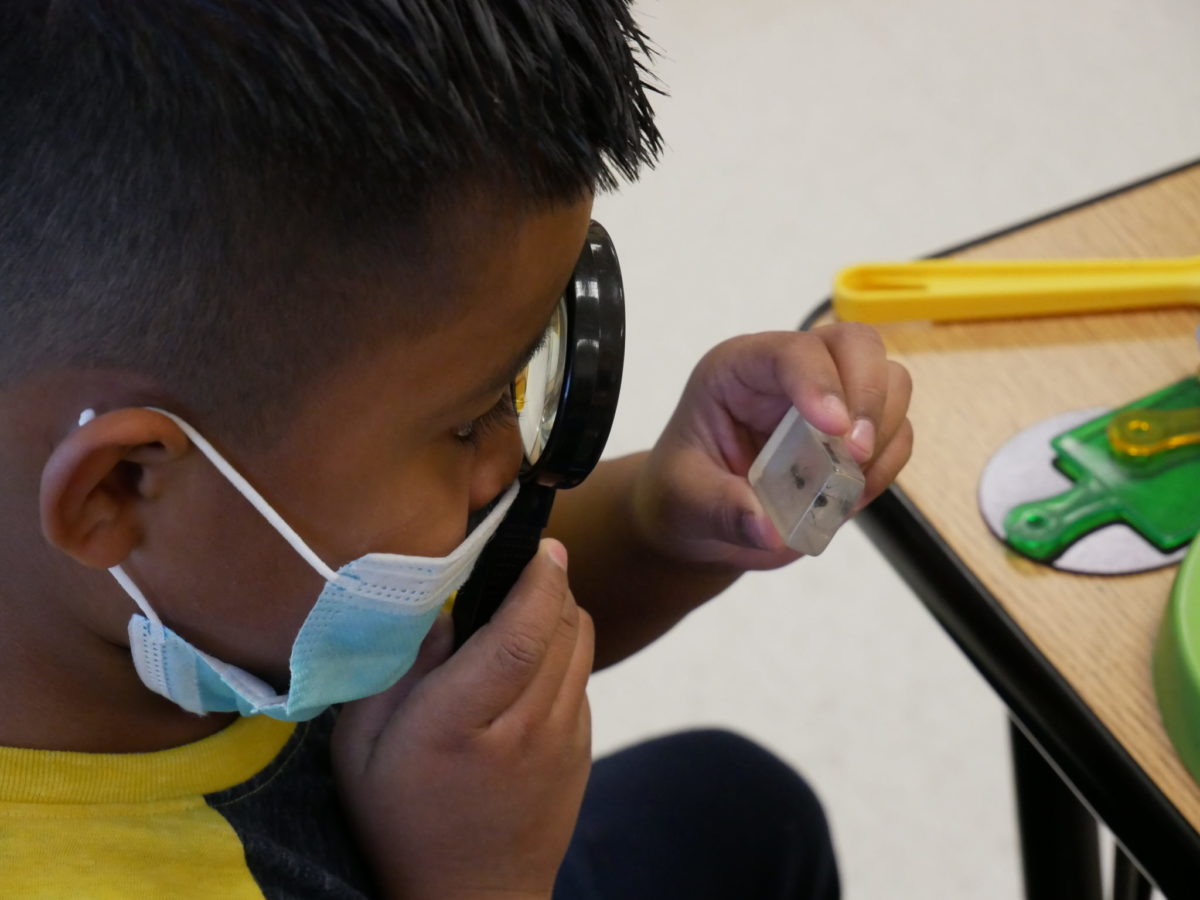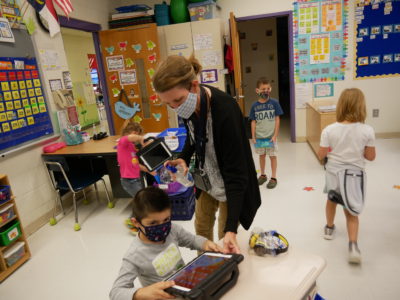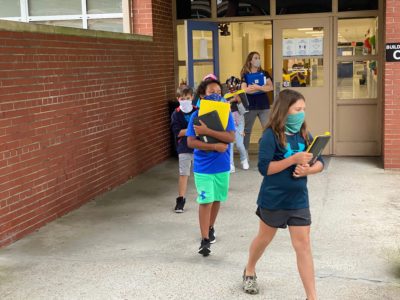

|
|


Lessons from the past school year. Plans for the year ahead. For EdNC’s Special Report, we asked leaders to share how the pandemic impacted education & what that means for the future. Read the rest of the series here.
After teachers spent a year overhauling instruction, adapting to new guidance, and going back to the drawing board multiple times, they deserve a huge round of applause. But district and state leaders now must go beyond the applause and step up with bold policymaking that communicates recovery plans early, involves key stakeholders in decision-making, and delivers on long-overdue teacher- and student-centered supports. Without these moves, teachers may find themselves in an impossible position next year, unable to holistically address the diverse and unique needs students will bring to school.
Over the past year, Public Impact’s research with EducationNC has pointed both to challenges the state has faced and to the way forward. While the majority of North Carolina’s 115 school districts now offer some form of in-person instruction, most spent a good portion of 2020 fully remote. And before we could even get to concerns about academic and social-emotional development in virtual settings, our research showed that many districts across the state struggled simply to get devices and hot spots into every student’s hands, raising questions about whether some students received consistent touchpoints this year at all.
Students also faced inequitable access to in-person instruction. Districts with higher concentrations of students of color were three times more likely to opt to start the school year fully remote compared with districts with the highest concentrations of white students. While reopening decisions typically reflected family and community preferences, the potential implications for our already-large opportunity gaps are alarming, even as we wait for academic data to give us a better picture.
State and local education leaders face a big task in planning for next year. Here are a few recommendations, grounded in Public Impact’s research, that can assist the state and districts in recovering.
Communicate plans early and often
Last summer, the North Carolina Department of Public Instruction (DPI) released its fall reopening guidance in mid-June, giving districts only a few weeks to build comprehensive reopening plans aligned to the state’s COVID-19 guidelines. While the majority of districts (55%) were able to publicly post their plans by the state’s July 20 deadline, earlier recovery guidance and resources would give districts, principals, teachers, and families adequate time to prepare for the upcoming school year.
Involve teachers, families, and students in decision-making
As we scanned through district social media pages to analyze instructional shifts, it appeared that district officials who heavily invested in gathering feedback from teachers, families, and students reaped the reward of strong buy-in on reopening plans. This fall, because decisions will be much more nuanced than just remote versus in-person, involving teachers, families, and students becomes even more critical.
Nationally, the majority of families across all racial groups now say they want schools to rethink the way we educate students. Districts and DPI should make redesign a collective effort, with plenty of opportunities for teachers, families, and students to join the conversation. After all, they are the ones who experienced the chaos of this past year directly; they likely also have the ideas to help us recover from it.
Provide more structural support for teachers
Depending on the district, North Carolina teachers were largely left on their own in the shift to remote instruction. Last spring, 63% of districts did not communicate a clear attendance policy, and in 92% of all districts, teachers were not only responsible for virtualizing their classroom and instruction but also for regularly checking in on families’ basic needs, such as food, employment, and housing. To honor teachers as the superheroes they are, we need to flood our schools with structural supports that are long overdue.
Increasing average base pay substantially, with additional increases in higher-need districts and schools, is a must for attracting and keeping excellent teachers. The state should also continue using federal dollars to invest in specialized personnel who lighten teachers’ responsibilities, such as mental health counselors, social workers, and paid tutors. And innovative staffing models such as Opportunity Culture, founded by Public Impact, offer a high-impact, sustainable change that provides teachers and students with more daily support.
Prioritize social-emotional supports and mental health
According to our fall scan of district plans, the majority of districts (58%) did not outline specific supports or requirements for social-emotional learning at the start of this school year. To make social-emotional development a priority, comprehensive supports will be needed at multiple levels. From the state, districts need clear guidance on how to comprehensively monitor student mental health, and teachers need support on intentionally developing students’ social-emotional skills.
Without this as a primary focus, schools risk not just academic loss, but a wider loss of student well-being. North Carolina’s schools can be up to the task, providing students and families with the structure and supports they need, but not without a clear shared vision and comprehensive resources to follow.





